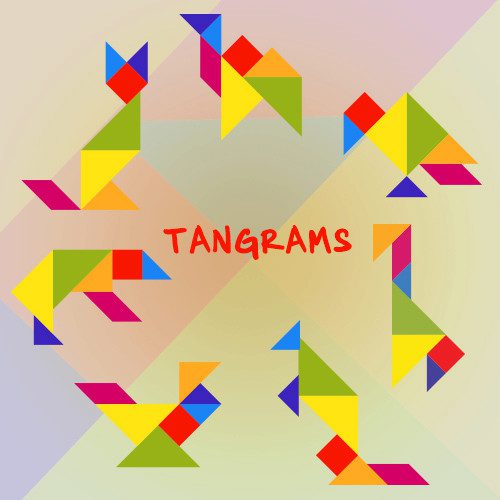Tangram is a centuries-old traditional Chinese puzzle game consisting of seven shapes, called tans, used to create various patterns and forms. Its origin is believed to be during the Song Dynasty in China, and it gained popularity in Europe and the US in the 19th century. Tangram pieces are made up of two large right-angled triangles, one medium-sized right-angled triangle, two small right-angled triangles, one square, and one parallelogram, and the game challenges spatial reasoning and creativity skills. Tangram has several cognitive benefits, including improving spatial reasoning, visual perception, problem-solving skills, and creativity, and can help improve math, geometry, and memory skills in children and adults.
Tangram: The Ancient Chinese Puzzle Game that Challenges Your Spatial Skills
Introduction
Tangram is a traditional Chinese puzzle game that has been played for centuries. It consists of seven shapes, known as tans, which are used to create various patterns and forms. This game is not only fun to play but also challenges your spatial skills and creativity.
The History of Tangram
The origin of tangram is not precisely known, but it is believed to have been invented in China during the Song Dynasty (960-1279 AD). It was originally known as the “Seven Boards of Skill,” and each piece represented a different part of a soldier’s armor.
In the early 19th century, tangram became popular in Europe and the United States. It was often used to teach geometry and problem-solving skills to children. Scholars, mathematicians, and artists also became intrigued with the game and began creating increasingly complex designs.
The Tangram Pieces
The seven tans, or pieces, of tangram are made up of two large right-angled triangles, one medium-sized right-angled triangle, two small right-angled triangles, one square, and one parallelogram. The tans can be arranged in several thousand unique combinations, making the game challenging and entertaining.
How to Play Tangram
To play tangram, you are given a silhouette of a specific shape or figure, and you must use the seven tans to recreate it. The tans can be rotated, flipped, and moved around, but they cannot overlap or be placed outside of the silhouette.
The game may seem simple at first, but as the shapes become more complex, you must use your spatial reasoning and creativity to solve the puzzle. There is no time limit, so you can take as much time as you need to complete each challenge.
The Benefits of Playing Tangram
Tangram is not just a fun game; it also has several benefits for your brain and cognitive abilities. Playing tangram can improve your spatial reasoning, visual perception, problem-solving skills, and creativity.
Studies have shown that playing tangram can help improve children’s math and geometry skills. It can also benefit adults by improving their memory and cognitive function, especially in the elderly.
Conclusion
Tangram is a classic puzzle game that has stood the test of time. It challenges your spatial skills and creativity while providing a fun and entertaining experience. Whether you are a child or an adult, tangram can provide numerous cognitive benefits and improve your problem-solving skills. So why not give it a try and see what amazing designs and patterns you can create?
